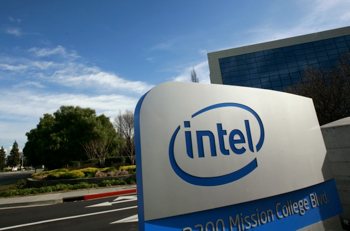Intel has announced a sweeping reorganization that will see four previously separate product groups – mobile communications, netbook and tablet, mobile wireless, and ultra mobility – merged into a single one focused on mobile products. The new unit, known as the Mobile and Communications group, will be headed by former Infineon executive Herman Eul as well as Mike Bell, who worked on the iPhone at Apple and came to Intel from Palm in 2010.
The move marks Intel's latest effort to break into the fast-growing mobile market, something it hasn't been able to achieve so far despite its vast network and its expertise in the PC and server markets.
According to the company, the consolidation will reduce duplication of effort and help teams share intellectual property more quickly. This isn't the first time Intel has reorganized business units and shifted executives around small devices, however. They made a similar move a year ago by creating a unit to focus on networks and tablets, and Intel also changed up its wireless leadership this year after Anand Chandraskher, former general manager of the now-defunct ultra mobility group, announced he was leaving to pursue other interests.
Besides focus and leadership, Intel's problem is it hasn't been able to produce a low-power and cost-effective chip that manufacturers actually want to use in their smartphone and tablet designs over an ARM-based solution from companies like Nvidia, Qualcomm, Texas Instruments, and others.
Intel executives stated at their annual developer conference in September that Android phones featuring Intel chips should be available in the first half of 2012. But seeing how even Microsoft, one of its longest standing partners, is betting on ARM support for Windows 8, Intel's future in the mobile market remains uncertain.
